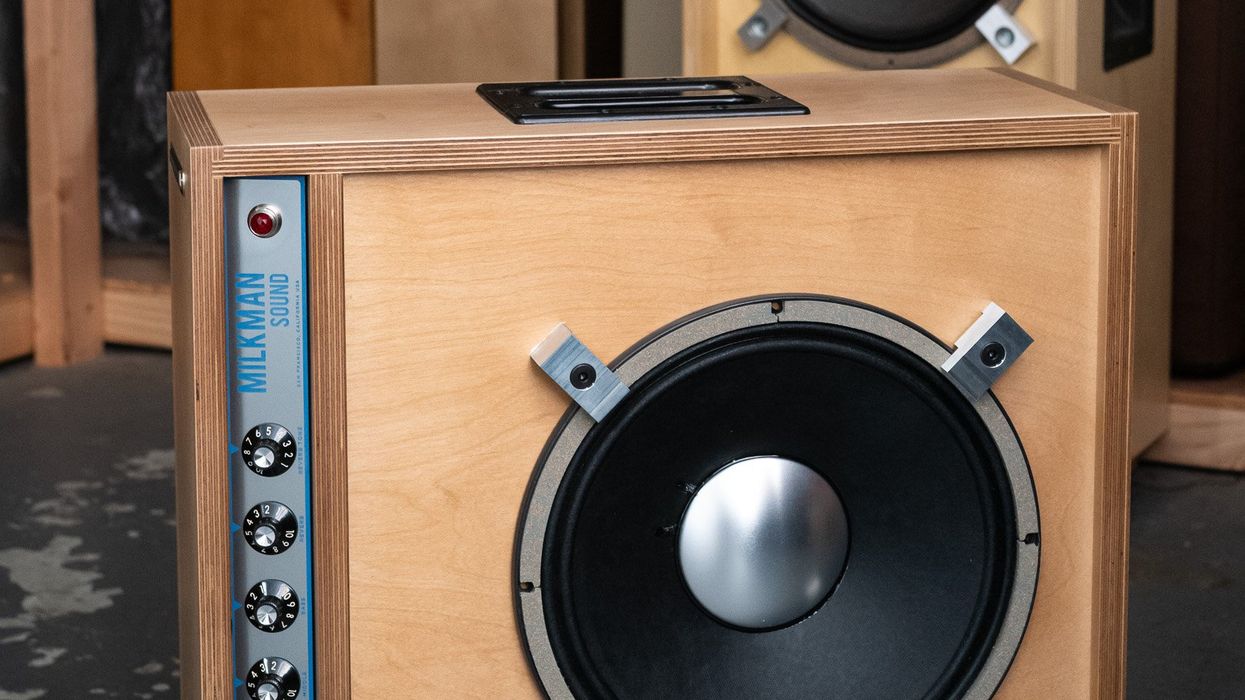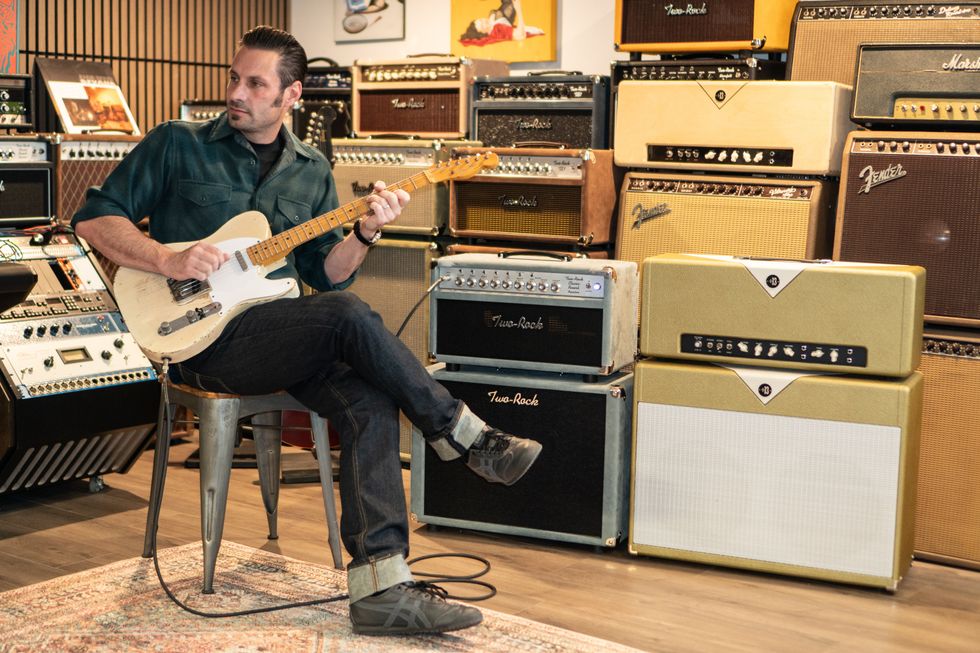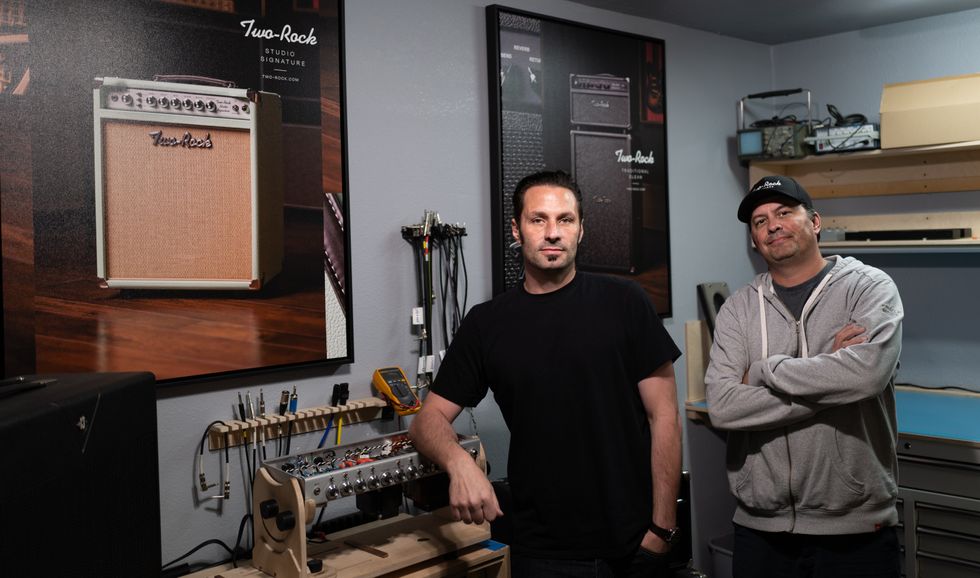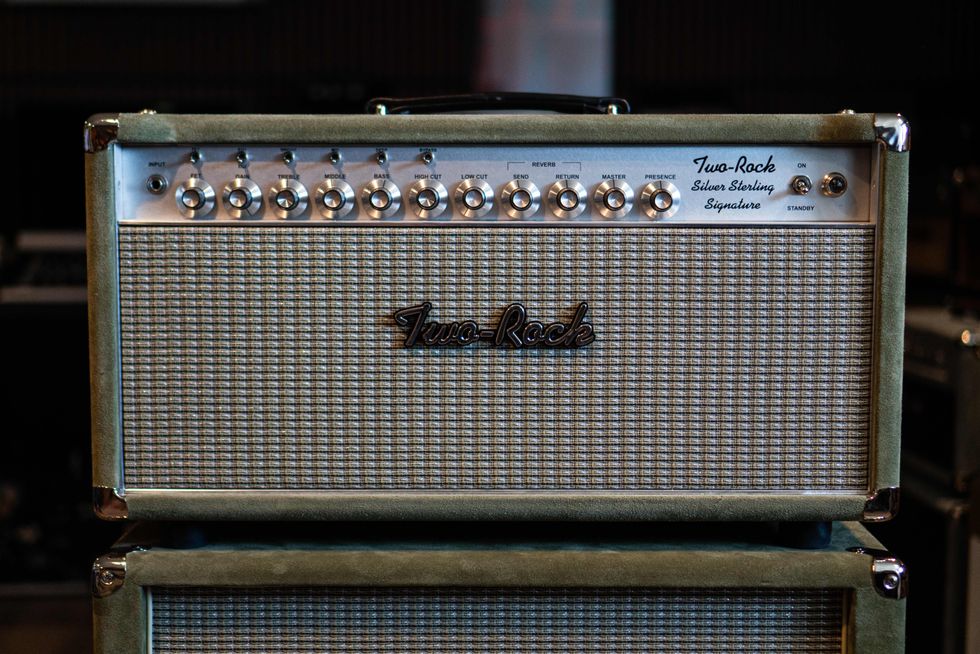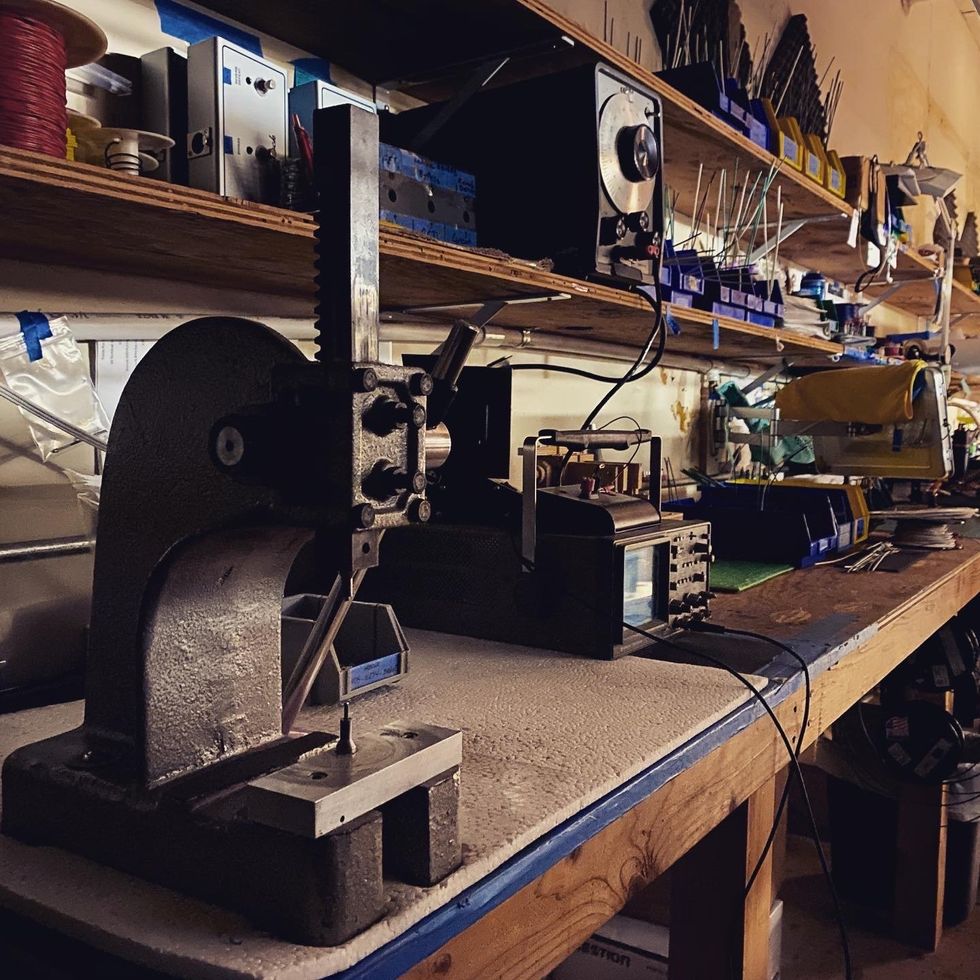It’s utterly amazing that a satisfying acoustic guitar can be assembled from a few pieces of wood. That’s magic. And the mystery, magic, and quest to create the perfect guitar tone is what I think drives most luthiers.
If you have made your first few guitars but somehow they didn’t sound like pre-war D-28s, you may have a few questions about why and how to get closer. If you’re brave enough to continue and are committed to bridging the gap from just being able to assemble a guitar to knowing how to build great-sounding instruments predictably and consistently, you’ve just entered The Twilight Zone.
When I started building acoustics in the 1970s, there was no literature on how they work—let alone how to manipulate tone. Luckily, there was a wealth of information on this in violin-making literature. There were discussions about how mass and stiffness interact, top and back tuning, air resonances, standing waves, etc. Pioneers discovered that a top does not move in and out at once like a perfect speaker, but, as the frequencies get higher, it keeps dividing into smaller and smaller vibrating parts, like a bunch of mini speakers. Each of these mini speakers has a place where it’ll be the loudest, called a resonant frequency. (More recently, laser interferometry has been used to reveal or “freeze” body vibration patterns to see how the various resonances in the body behave and at what frequencies.)
Thinking that some science would be a shortcut to becoming a better builder, I crudely adapted some of the violin makers’ tests. My “laser” was a cheap guitar speaker, power amp, and frequency sweeper. Sprinkling some salt or pepper on the top or back of a guitar and playing a loud frequency sweep into the nearby speaker would excite the wood, and the salt would dance around until, at some frequency, it would congeal into a shape to reveal the vibrating patterns of its resonant frequency. It was like having X-ray glasses—to observe the resonances and see the effects of shaving braces, adding or subtracting some mass, thinning the top here or there. Once one could see under the hood, a luthier could then deliberately alter some part, move a brace, or make some other change to alter or move some resonance.
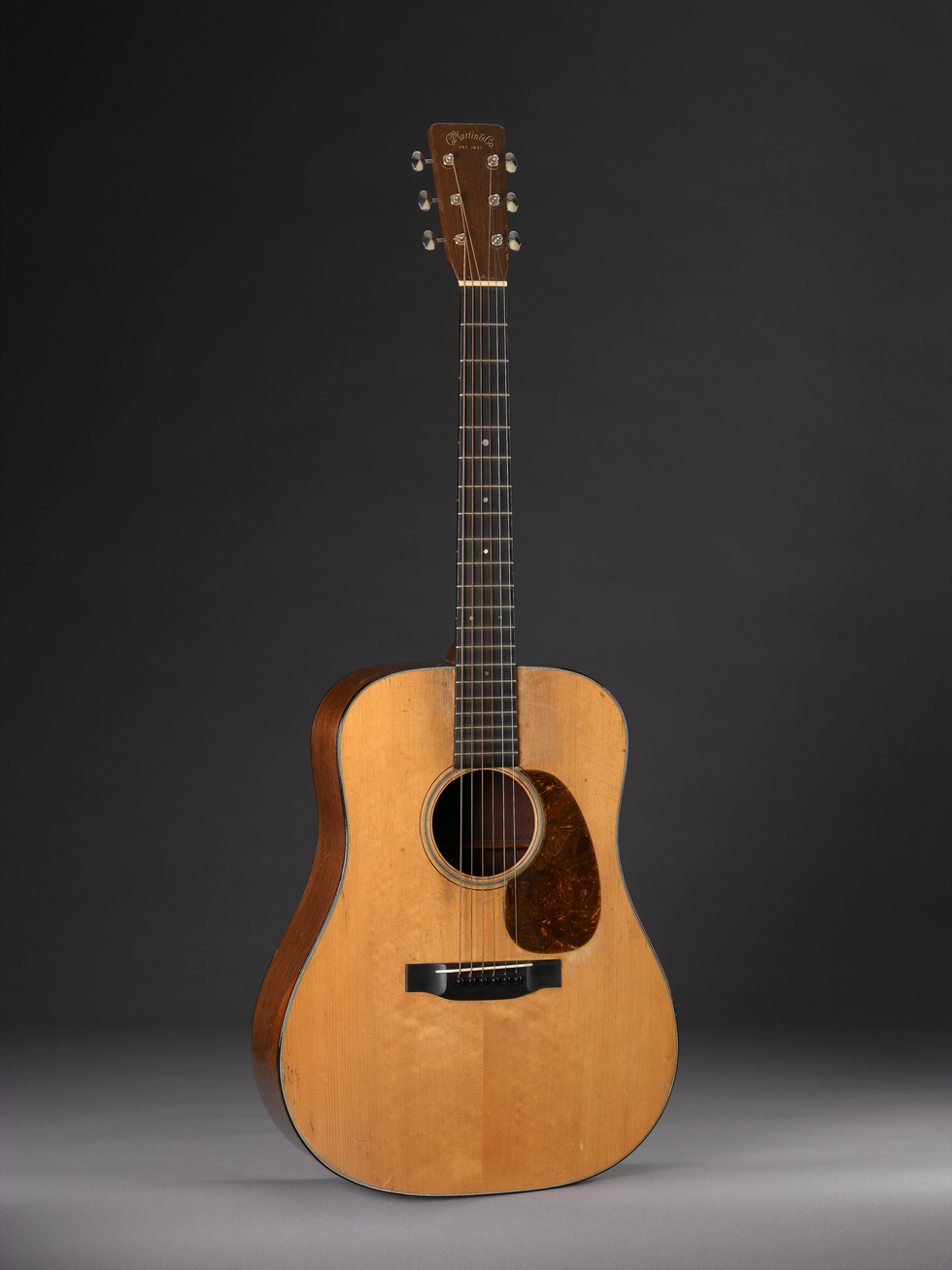
This 1937 Martin D-18 is an example of steel-string perfection for many acoustic guitar aficionados.
“From the loudspeaker standpoint, the guitar is a lousy speaker because not only does the top move, but the back, sides, and neck are moving with every note, too.”
The Glittering Present
Fortunately for aspiring luthiers today, we are living in a golden age. There is a wealth of information available about every aspect of building and more tools to study vibration in apps for our phones than what was available collectively back in the day. There are also a number of individuals who have more deeply studied the physics of the acoustic guitar and have made immense strides to quantify material characteristics and predict acoustic behavior. Bryan Galloup, Giuliano Nicoletti, Andy Powers, Richard Hoover, and Tom Bedell come to mind as builders who have embraced science to enhance predictable outcomes. Giuliano has published an excellent book called Mastering the Sound of the Acoustic Guitar. There are also a number of excellent lutherie schools that use and teach students the scientific methods.
So, on a deeper and eye-watering level, how does the acoustic guitar actually work? If you think of an acoustic guitar like a loudspeaker, the sides and the back are the box, and the top is the speaker. The strings, connected to the top via a saddle and a bridge, are the energy source. The best loudspeaker manufacturers go to extreme lengths to be sure the box is rigid, with minimal vibration, and that only the speaker cone moves. The guitar is a lousy speaker because not only does the top move, but the back, sides, and neck are moving with every note, too. Every piece has multiple resonances that interact with each other. The way these resonances interact is a big factor in how the guitar sounds.
Unlike a typical 3-way speaker, where each individual speaker acts as a perfect piston to cover a range of sound, a guitar top converts energy into sound at all frequencies and only behaves as a pure piston or “good speaker” in the lower frequencies. Above those low frequencies where the top moves in and out as one, called the primary resonance or piston mode, the vibration of the top is chaos orchestrated largely by the position, stiffness, size, and weight of the bracing plus the mass, stiffness, and curvature of the top. About an octave above the primary resonance, roughly half the top will actually be going up while half of the top will be going down simultaneously. Then, moving up still further in frequency, one third of the top may be going up and down while the other two thirds are moving down and up. As the frequencies get higher, smaller and smaller pieces of the top move simultaneously and sometimes in opposition to each other.
It would be helpful to think of the guitar top as a string where only the fundamental moves the entire string as one piece. After that, the string divides into higher and higher frequencies. In a guitar, the top divides into smaller and smaller “mini speakers” as the frequencies get higher. The big difference between a guitar top and a string vibration is that strings divide evenly into resonant modes or harmonics in halves, quarters, eighths, and so on, while the places where the guitar top divides into individual resonances are seemingly random. The places where these resonances occur are often where the string energy will be translated into the loudest acoustic output. Most of the resonances are active at the same time, influencing and interacting with each other and determining what of the strings’ energy pool will be heard. The most important concept to understand is that the available string energy is lost or absorbed by the structure in ways largely determined by the resonances. The way string energy is lost into the structure of the guitar and converted or traded for acoustic energy is largely responsible for why a particular guitar sounds like it does.
“Add to this the wide variations in strength, mass, and tonal characteristics of various woods and how the neck is attached (yes, even the neck has its own resonances), and the acoustic guitar is a crazy complex soup of interacting parts.”
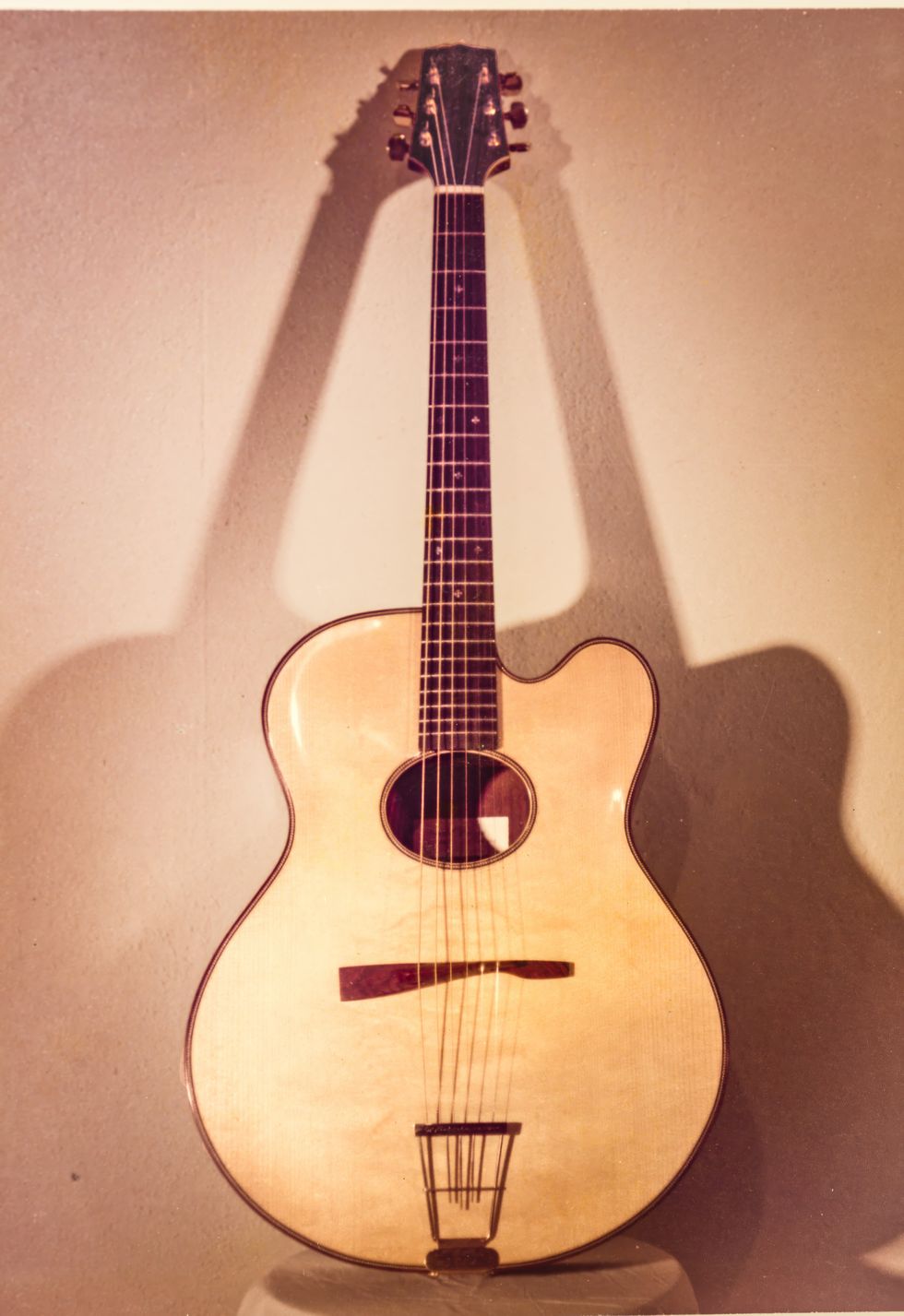
Baggs built this eye-catching acoustic for Ry Cooder, a demanding expert on tone, in 1977. He built another for the artist two years later.`
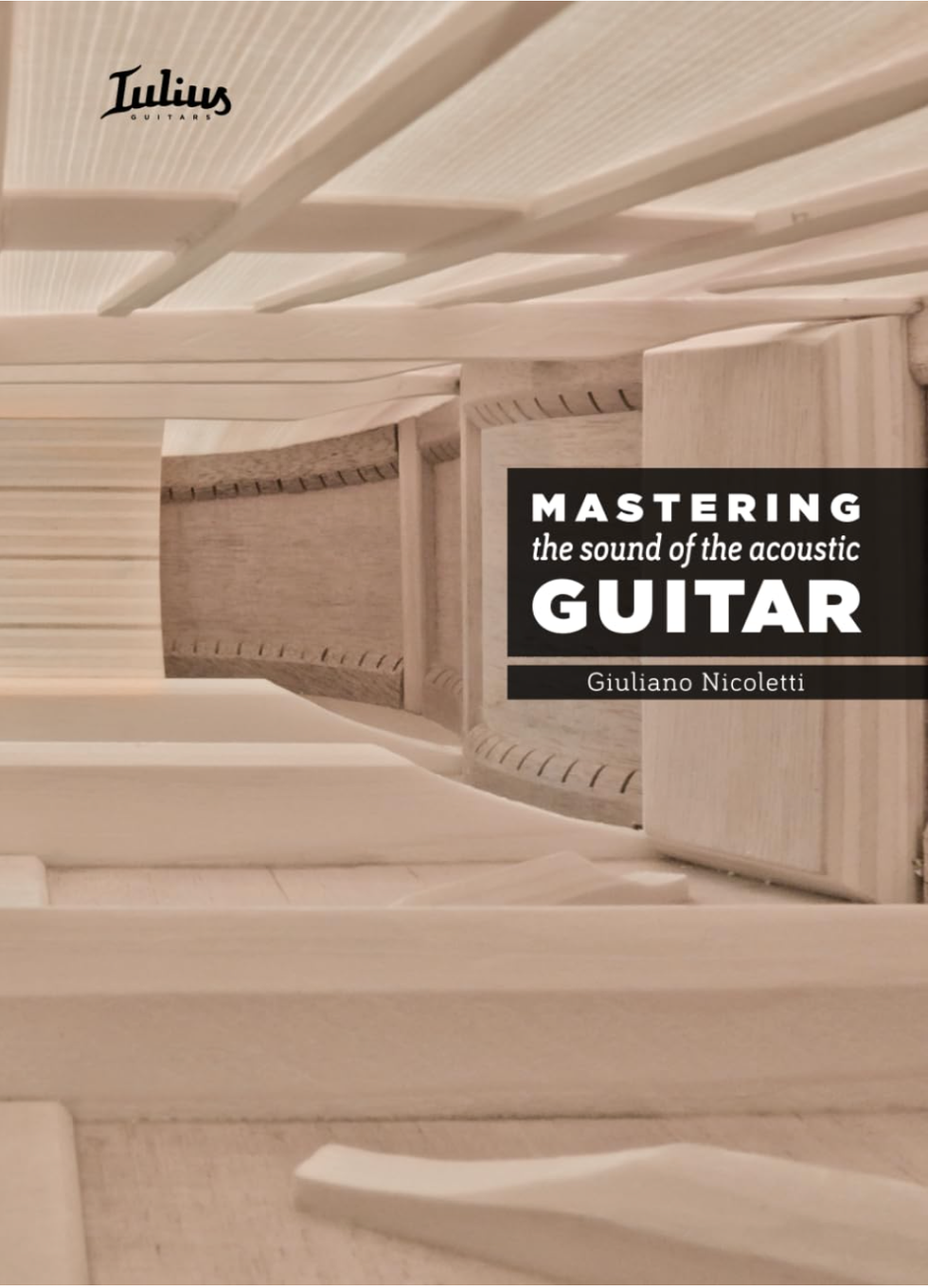
With his book, Mastering the Sound of the Acoustic Guitar, Giuliano Nicoletti has created a manual for organic lutherie that applies scientific principles to building steel- and nylon-string acoustic guitars.
Aim Low?
For a great-sounding guitar, the first trick is to make the top flexible enough so that its primary resonance is low enough to absorb enough string energy at low frequencies for a rich, warm response, while not exploding under string pressure. And, while you’re at it, to deliberately tune the remaining resonances so they work together in some sort of harmony. If you think of the guitar’s resonances as notes in a chord, a major third will sound warmer and more pleasing than a minor seventh with an augmented ninth. The top bracing in conjunction with the top radius, thickness, mass, and stiffness will determine the frequencies and character of the multiple resonant modes. If you’ve ever heard of a luthier “tuning the top” or “tap tuning,” this is what’s going on here.
Add to this the wide variations in strength, mass, and tonal characteristics of various woods and how the neck is attached (yes, even the neck has its own resonances), and the acoustic guitar is a crazy complex soup of interacting parts. But then, with a little shave here, a slight readjustment of bracing position there, a change in the bridge height, reduction or addition of some mass, some adjustment of top thickness here or there, altering the doming radius of the top or back, and hundreds of other variables, the modes can be adjusted in frequencies so the major resonances will work together in greater harmony and the tone of the guitar will be pleasing. Sounds easy enough, right?
It’s common knowledge that a larger guitar will usually have better low frequencies, but what the heck is the air inside the box and soundhole doing? If you blow sideways across the soundhole, you’ll hear what’s called the pop-bottle or air resonance of the guitar. Air is springy, and as the top vibrates up and down, “plugs” of air are forced in and out of that hole at the air resonance frequency, which then reinforces the lower frequencies. The size of the hole can also influence where this resonance occurs. In practice, the air resonance of a typical guitar is about an octave lower than its top resonance.
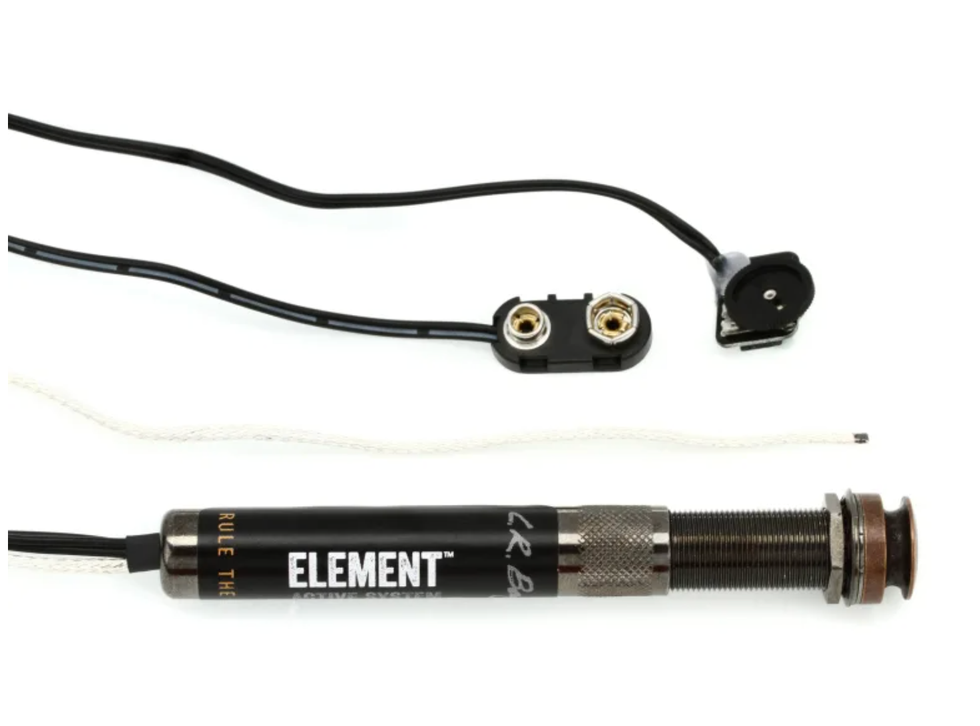
L.R. Baggs’ popular Element pickup system is centered on an undersaddle transducer designed to follow the movement of a guitar’s top.
And just what does the back do? Besides enclosing the box and playing along with the top, a major structural purpose of the back is to hold the neck from collapsing into the top. Because of this function, backs tend to be stiffer than tops and resonate at higher frequencies. Of course, the back also has multiple resonances that interact with those of the top. How exactly is still a mystery to me, but for sure the back plays a big role in the sound of the guitar.
One question I hear a lot is, “How does the saddle affect tone?” In the whole scheme of things, not too much, really, but it is important. All materials act as a filter to pass certain frequencies and block others, so the material choice of the saddle will color a guitar’s tone. Bone has generally garnered the most affection as a saddle material as it seems to transmit harmonics well while not being screechy, providing a nice, full-balanced tone. Many have, with moderate success, attempted to duplicate its qualities in synthetic material.
How does all of this influence pickup design? Amplification is just that, and one hopes that what comes out of the speaker faithfully resembles the guitar, but only louder. Going back to the X-ray glasses, an intimate knowledge of how the guitar works has certainly been very helpful to recognize and capitalize on the unobvious modal stuff in the vibration of the instrument to create more faithful pickup systems.
Finally, I get a lot of questions about pickup choice. The best pickup largely depends on what sort of music you play, where you play, and how loud it is. For instance, a studio miked sound would not be appropriate for a loud heavy metal band as the guitar would be lost. What works on a loud electric-guitar-oriented stage would be an unfortunate choice for a singer-songwriter or a bluegrass musician. And while there are lots of great choices nowadays, there is still no such thing as a perfect pickup. Ultimately, you are always going to sound like you.





